In this blog, I share the most effective strategies for new puppy training to help you raise your puppy into a calm, behaved, obedient adult dog.
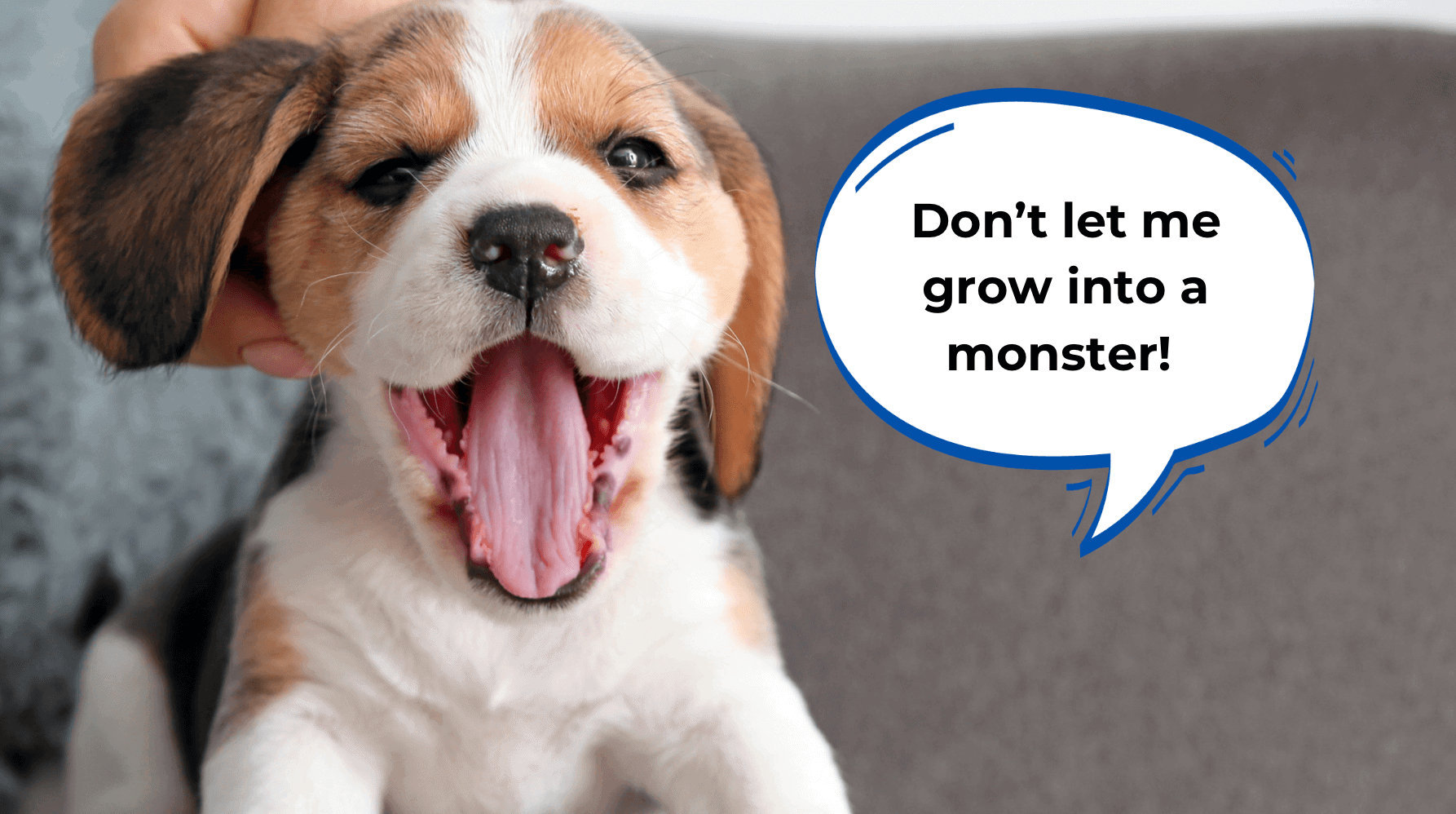
Bringing a new puppy home is one of the most exciting things in the world. And when it goes smoothly, it's a wonderful experience.
However, amongst this joy, it's also very easy for things to go pear-shaped quickly if you don't know what you're doing, especially if you're a first-time puppy parent.
I believe it's so important that dog owners are given the tools, resources, and puppy training tips that are essential for setting a new puppy up for success.
Let's dive in!
Key Takeaways
- Set a consistent routine for your puppy, including potty breaks, meals, playtime, training sessions, and naps. This helps with potty training and establishes a sense of security for your puppy.
- Make sure the puppy's sleeping area is safe and comfortable. Use a crate or pen to keep the puppy contained and relaxed, and place it in a quiet, draft-free area with a cozy blanket and access to fresh water.
- Don't bother your puppy when it's sleeping to avoid making it tired and grumpy. Let your puppy rest in its bed undisturbed, except for necessary potty breaks, to ensure it gets enough sleep and learns to love its bed as a safe space.
Table of Contents
What Is Project Moses and How It Can Help Dog Owners In Their Training Sessions
I spent months working on a project I call “Project Moses.”
This project is a video diary of me raising my puppy Moses from the time he was eight weeks old to 1 year. I followed his life with my camera, making as many training videos for puppy parents as I could.
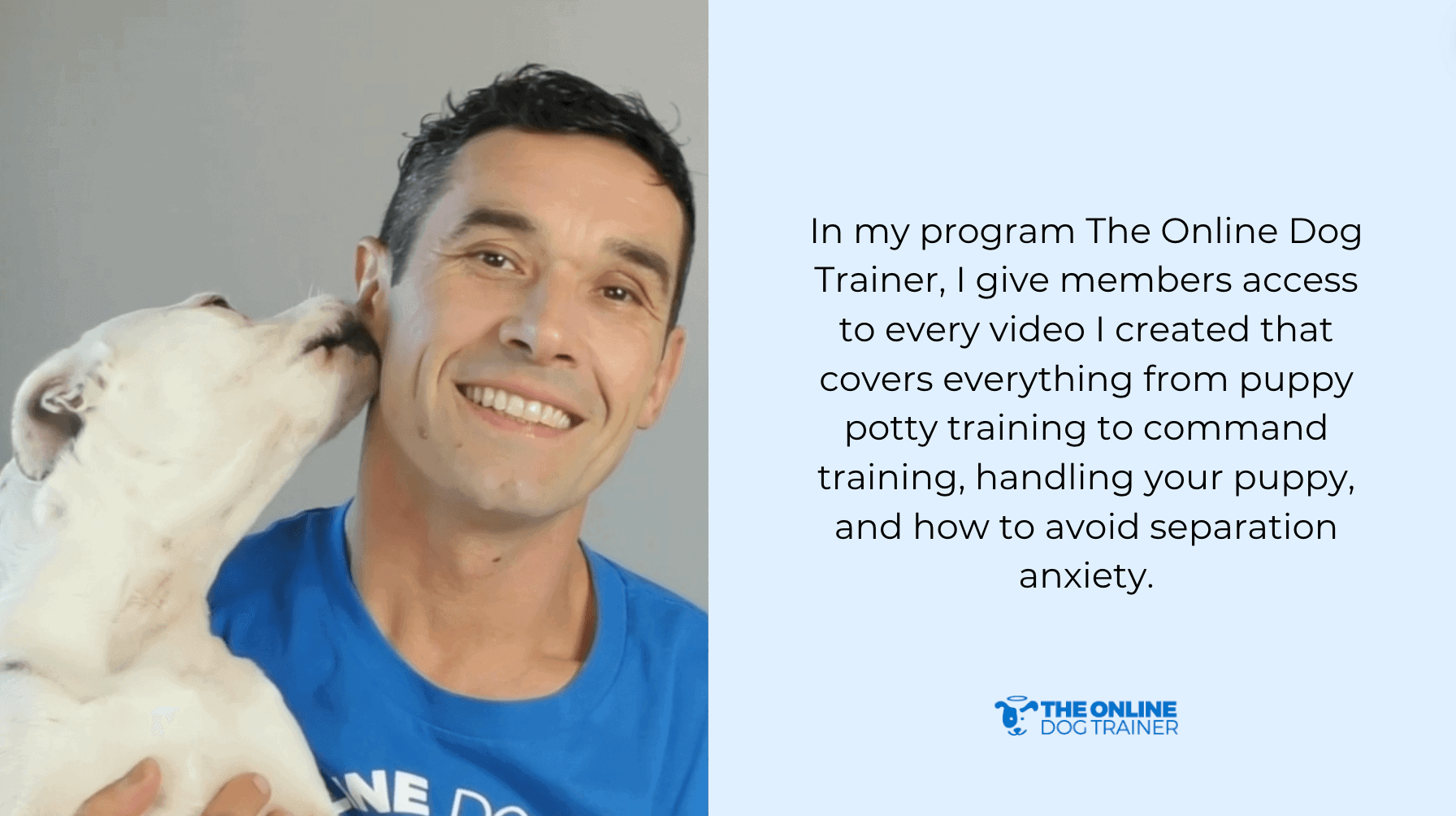
In my program, Puppy Coach on The Online Dog Trainer, I give members access to every video I created that covers everything from puppy potty training to command training, handling your puppy, and how to avoid separation anxiety. And they're all in a timeline, so you can see exactlywhat to expect and when.
I'm currently offering a special offer on my Puppy Coach program, so if you're interested in learning more about Project Moses, along with getting information on fixing bad dog behaviors like barking or aggression, now is the perfect time to check it out.
See what Puppy Coach has to offer now!
I'm thrilled to share one of the first videos in my series with you — it's packed with tips and tools to ensure your new puppy thrives.
Take a moment to watch the video, then learn more in the additional information below so you can get your pup off to a fantastic start!
Before You Start Training, Here Are Some Basic Puppy Training Tips from an Experienced Dog Trainer
Understanding Your Role as Pack Leader
Now, before we get into the nitty-gritty of scheduling and timelines, let's address something important: you are the pack leader.
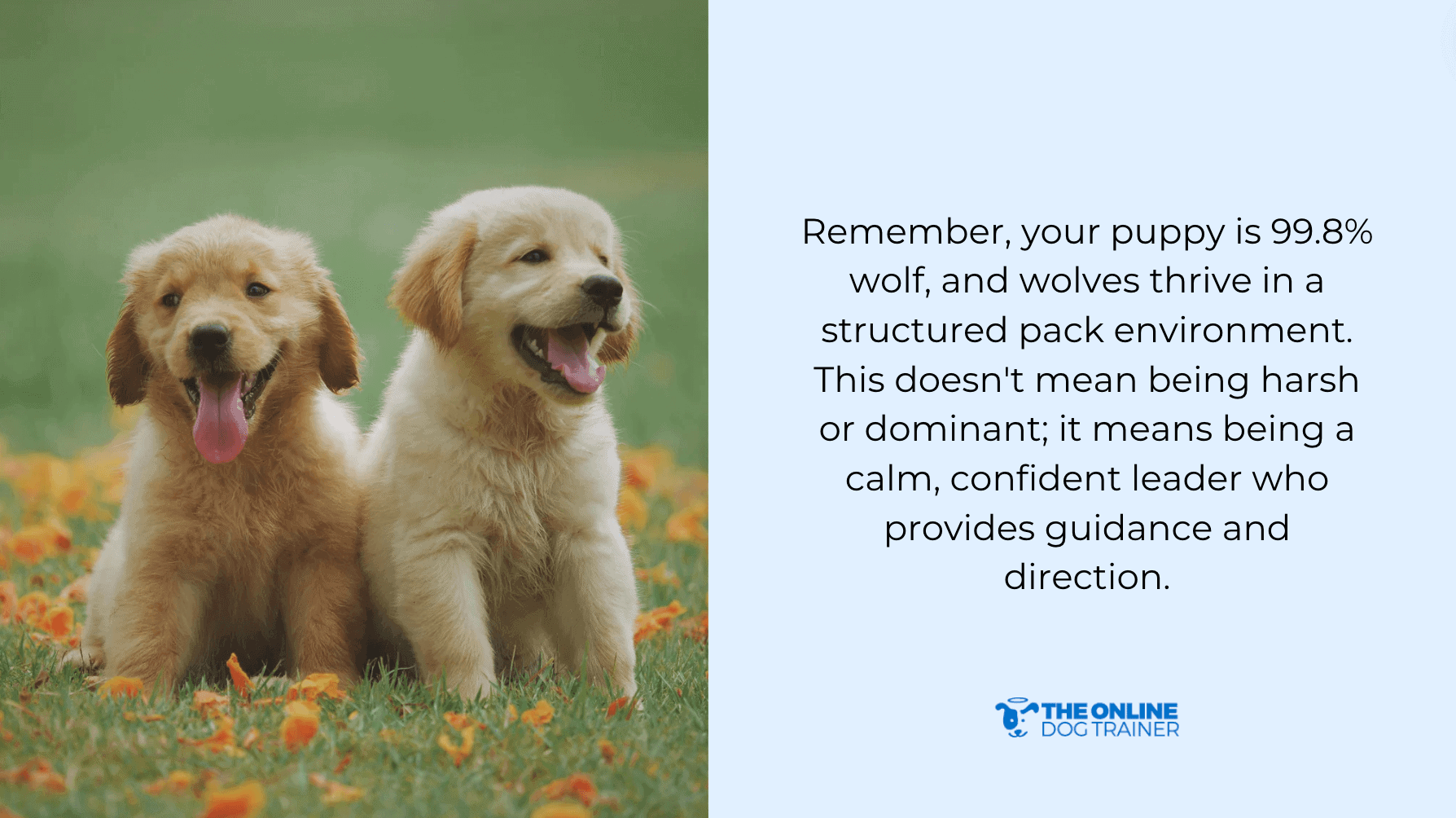
Remember, your puppy is 99.8% wolf, and wolves thrive in a structured pack environment. This doesn't mean being harsh or dominant; it means being a calm, confident leader who provides guidance and direction.
That being said, I want you to remember before you begin training that you hold your puppy's training success in your hands. You set and follow routines and schedules so your puppy learns correct behavior. They won't immediately adapt to your desired behavior without your constant and consistent help.
The Power of a Consistent Schedule
Your puppy, like a child, thrives on routine. Having a routine helps their physical and mental well-being. Here's what a typical day might look like:
- Morning: Potty breaks, breakfast, playtime (keep it short and sweet to avoid overstimulation), then a nap.
- Midday: Another potty break, a training session (we'll get into that soon), playtime, lunch, and another nap.
- Afternoon/Evening: Potty break, a longer playtime (perhaps a walk or some fetch in the backyard), dinner, and a final potty break before bedtime.
As a dog trainer, I believe that a proper schedule can turn a well-behaved pup into a confident adult dog. Stick with this schedule until it works.
Puppy Training Timeline: A Roadmap to Success
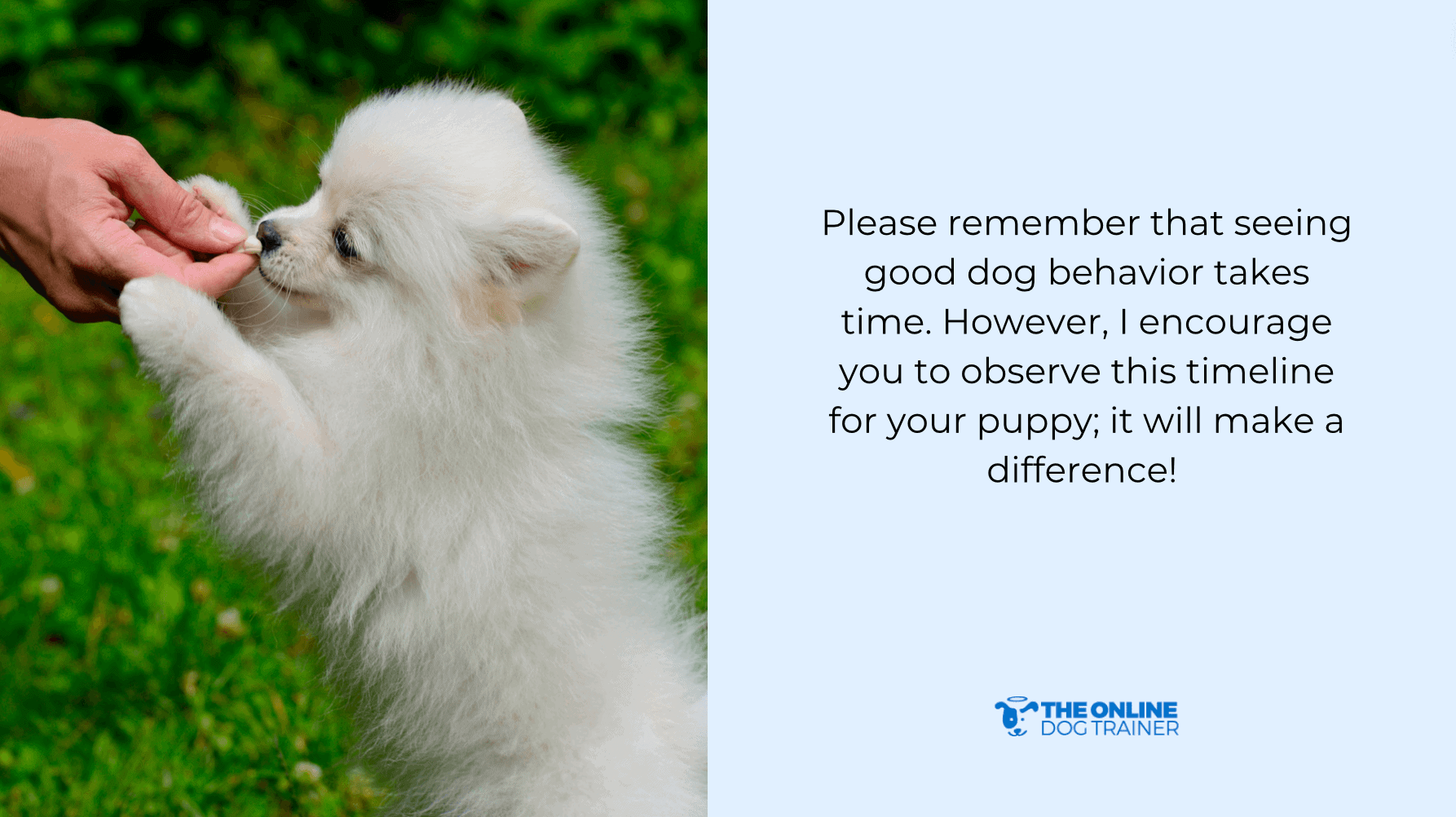
While every puppy is unique, here's a general timeline to guide your training journey:
- 8-12 weeks: Focus on potty training, socialization (introduce them to different people, places, and sounds), and basic commands like “sit” and “come.” Keep training sessions short and positive.
- 12-16 weeks: Continue reinforcing basic commands, start leash training, and introduce crate training if desired.
- 4-6 months: This is when you can begin tackling more advanced commands like “stay” and “leave it.” You can also introduce impulse control exercises like waiting at doors.
- 6 months and beyond: Continue reinforcing good behavior, follow up on obedience training, address any emerging issues (like chewing or barking), and consider more advanced training like agility or obedience courses.
Please remember seeing good dog behavior takes time. However, I encourage you to observe this timeline for your puppy; it will make a difference!
Remember: Patience and Consistency are Key
Training a puppy to show desired behaviors takes time, patience, and consistency. Don't get discouraged if your puppy doesn't pick up on things right away.
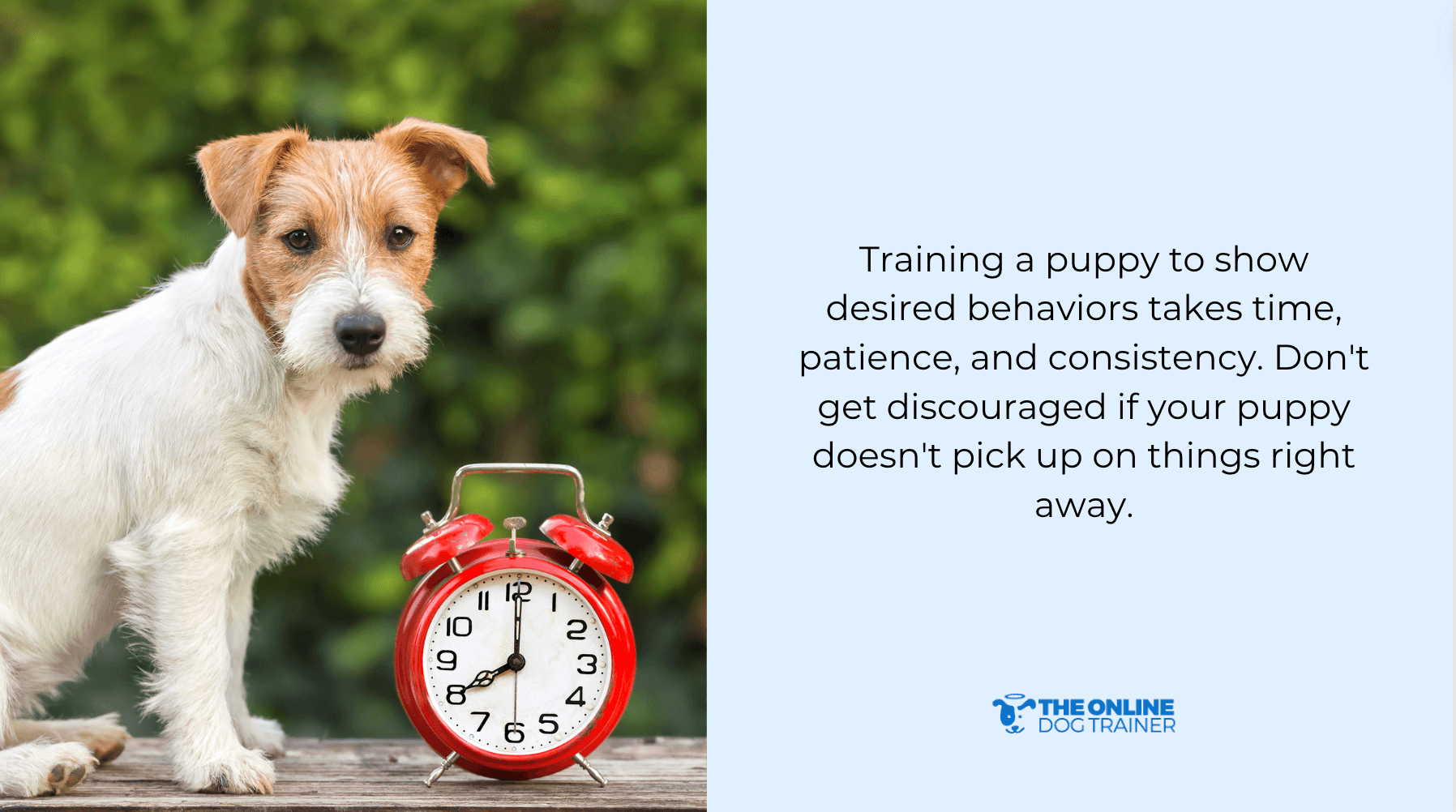
Keep your training sessions short, fun, reward-based, and founded on great leadership. Remember, you're not just teaching them commands; you're building a lifelong bond of trust and respect. It's okay to take baby steps!
Training Your New Puppy: Setting Up Your Puppy's Living Space
Probably the first decision you'll make about your new puppy is whether or not you want to look at getting a little crate for your puppy, a pen, or both.
Choosing a Crate for Puppy Training
A perfect-sized crate is usually not going to be much bigger than your puppy for sleeping, but bear in mind that the puppy is going to grow.
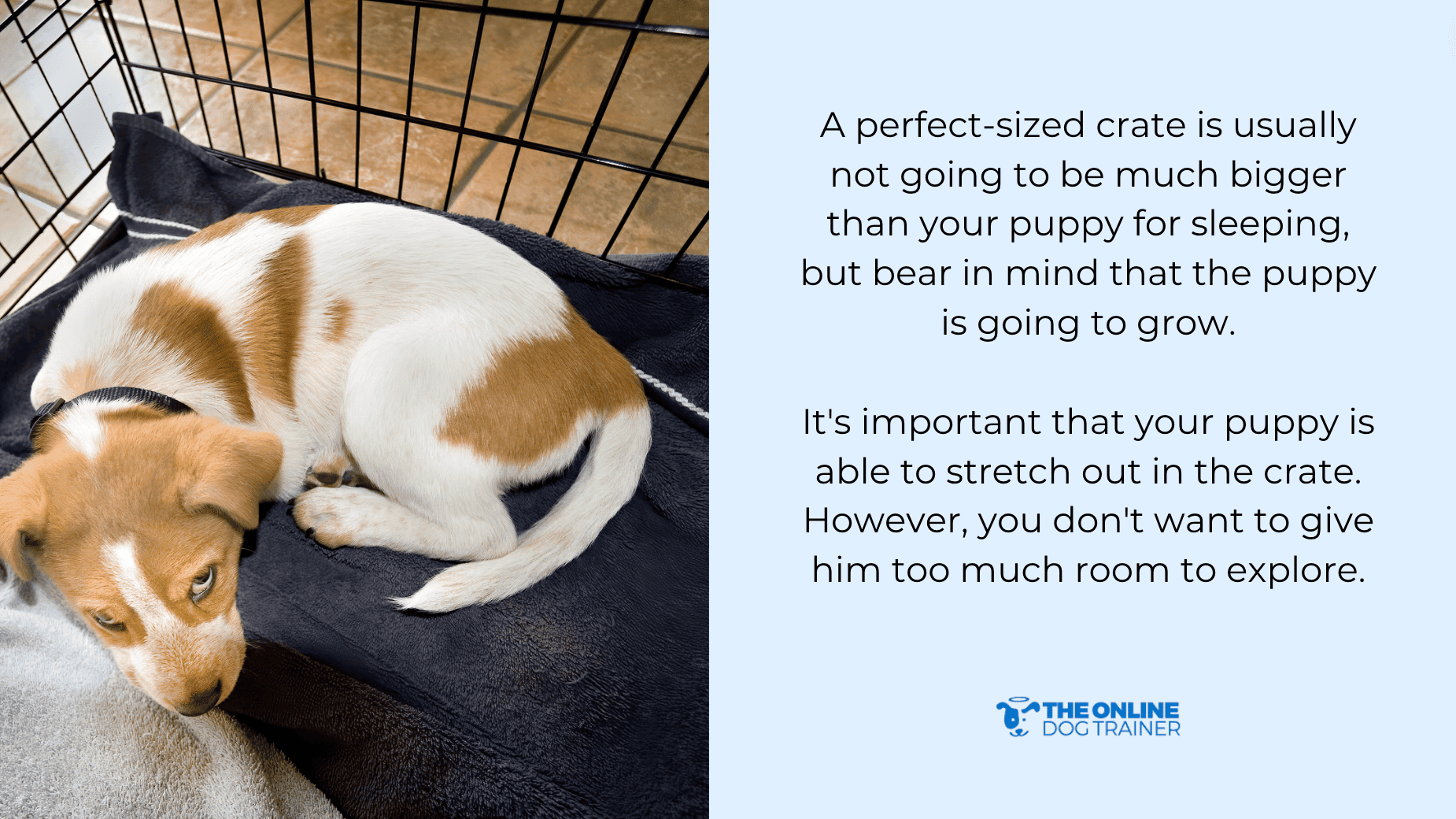
It's important that your puppy is able to stretch out in the crate. However, you don't want to give him too much room to explore.
Many cages come with internal walls that allow you to change the size of the cage as the puppy grows. This is very helpful so you don't have to keep buying crates!
Put a comfy blanket in the crate, and your puppy will learn to love the crate as his safe place.
Using a Pen
Now, you may choose to get a pen as well, which is usually about 6-feet-high and 6 feet by 6 feet in width. The idea is that this is where the puppy can wake up, get out of his crate and play…even if you're not watching him.
Your puppy will be safe in the pen and will be all set up if you put a little potty pad and some have some toys in there to play with.
Using Crate and Pen Together
Using a crate and pen together is very helpful in toilet training.
Both keep your puppy contained and relaxed, which makes it easy to pick your puppy up out of the crate or pen where he is and take him outside to the potty area on a routine basis.
So, that's one huge advantage of using a crate and a pen, and generally, the puppies love them.
The other advantage is that, in terms of money, the crate and the pen usually hold their value. If you buy them secondhand, you can usually sell them for the same price later on. You only need to use them for about six months.
Basic Puppy Training: Where Should Your Puppy Sleep?
Deciding where your puppy sleeps can be tricky because a lot of it depends on how independent and confident your little puppy is.
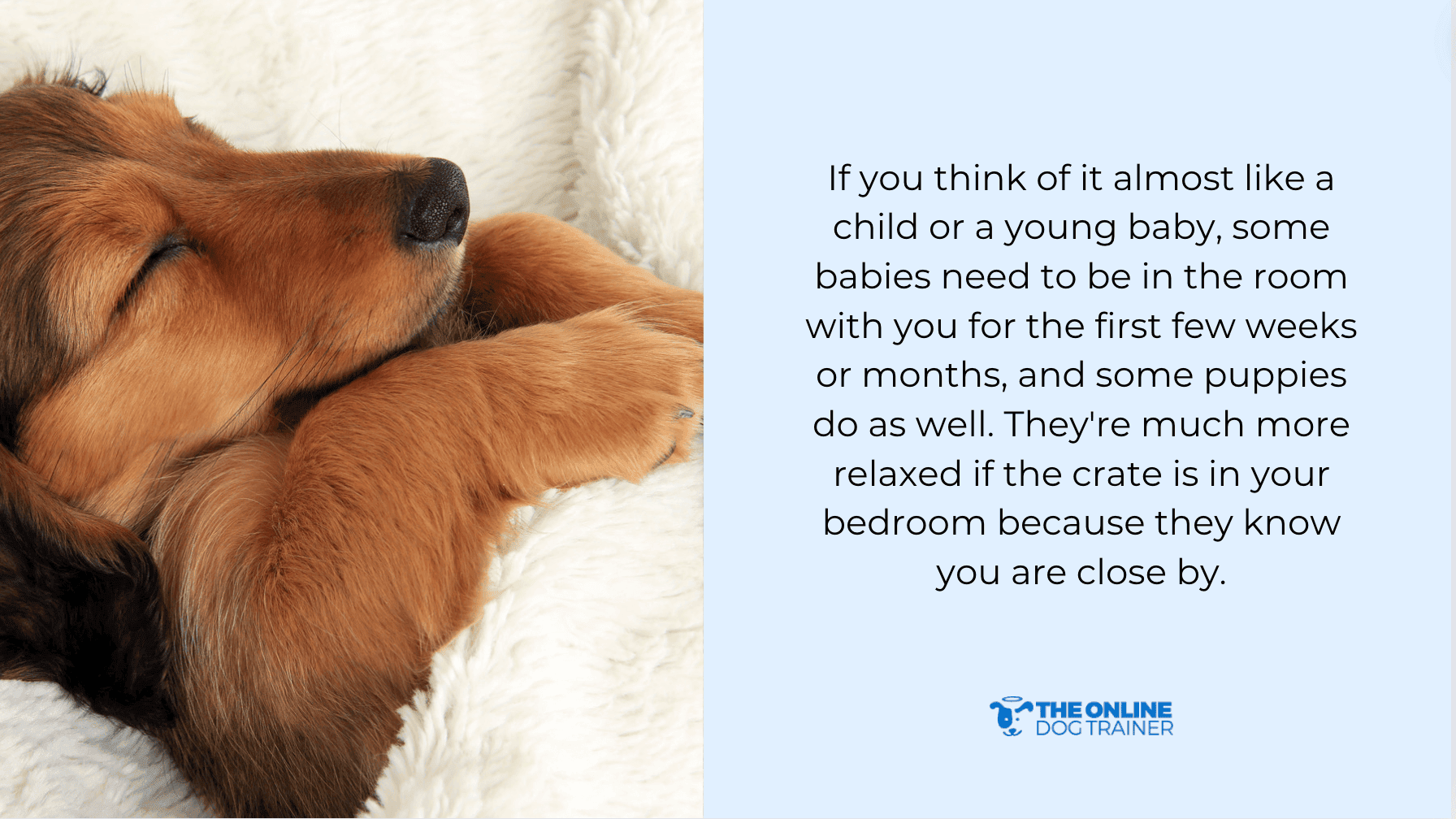
If you think of it almost like a child or a young baby, some babies need to be in the room with you for the first few weeks or months, and some puppies do as well. They're much more relaxed if the crate is in your bedroom because they know you are close by.
However, you can always have the crate in your bedroom and then move the crate during the day so they can be with you or have a second crate in another room.
Bear that in mind.
Some Puppies Will Need To Be In Your Bedroom For Sleeping
You can still set the main area up with the pen in a room where you spend most of your time during the day.
Important note: Make sure you're not putting the puppy in an area where there's a large draft or where he's going to get too hot in direct sunlight. You need to make sure that the temperature is going to be maintained.
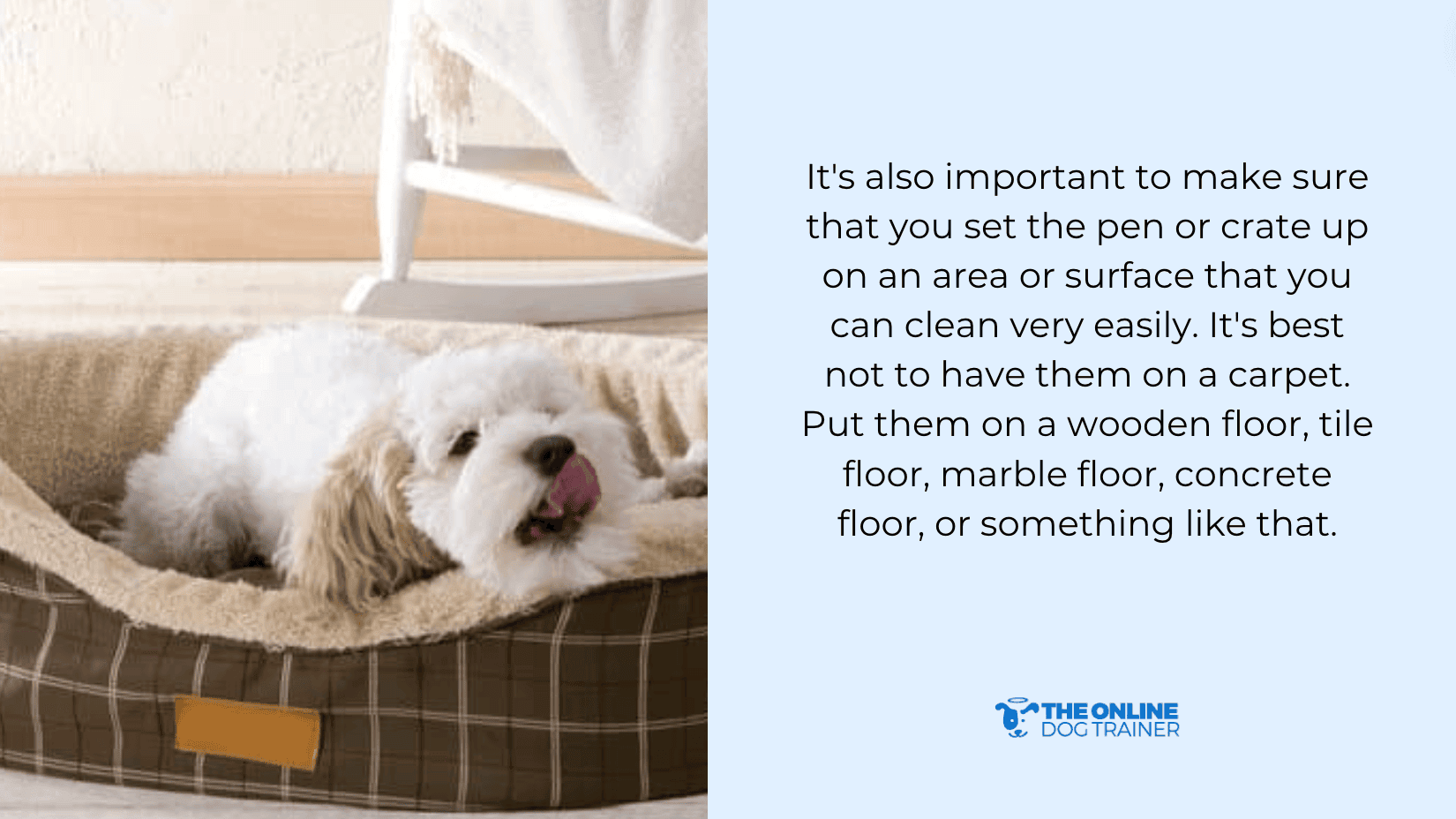
It's also important to make sure that you set the pen or crate up on an area or surface that you can clean very easily. It's best not to have them on a carpet. Put them on a wooden floor, tile floor, marble floor, concrete floor, or something like that.
Or think about putting a plastic sheet underneath and, fingers crossed, the puppy doesn't start chewing it. If your puppy is on a carpeted area, and he starts peeing on it, it's very tricky to stop that.
The second thing to think about is safety.
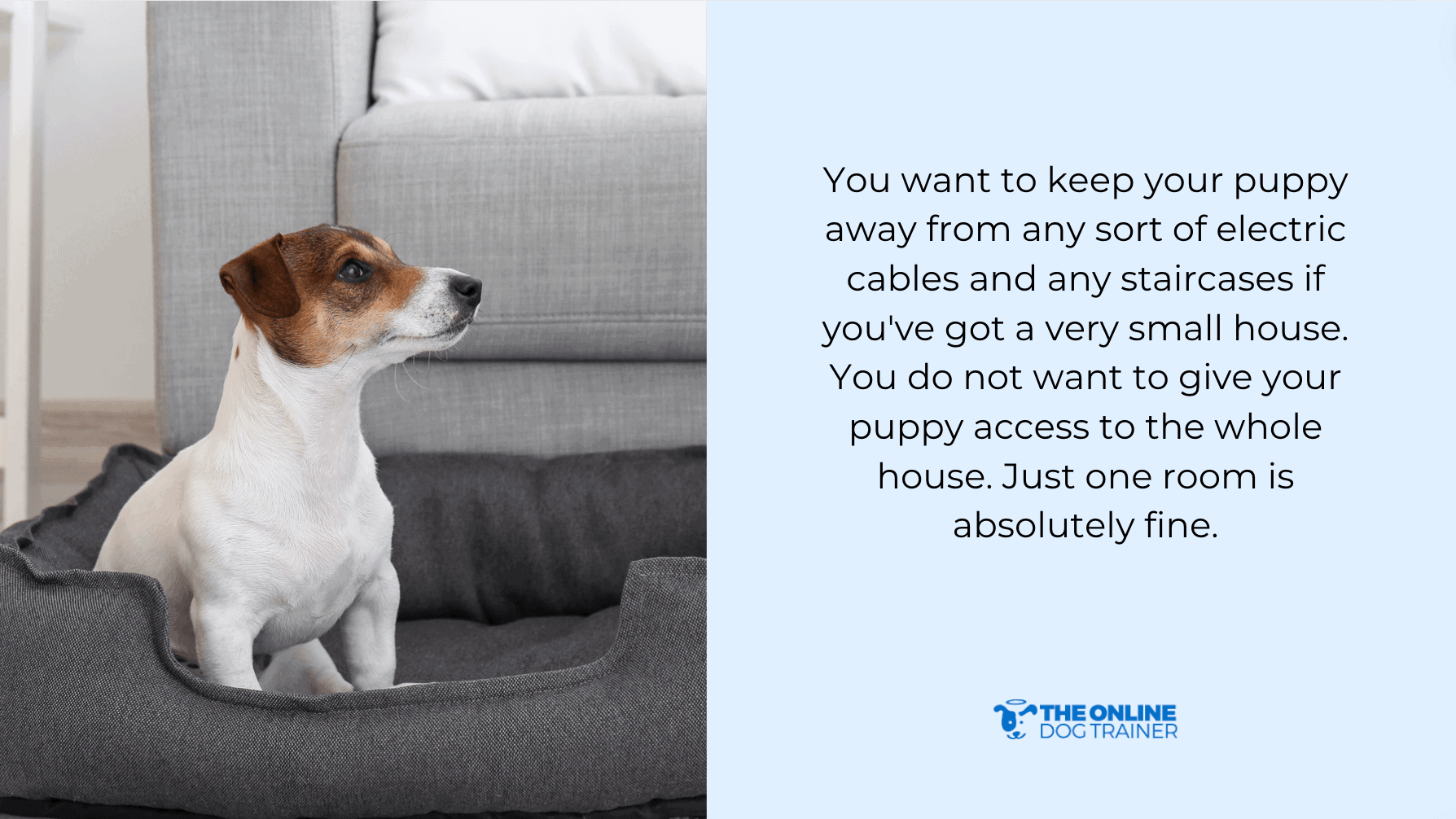
You want to keep your puppy away from any sort of electric cables and any staircases if you've got a very small house. You do not want to give your puppy access to the whole house. Just one room is absolutely fine.
Having your puppy in one room allows you to start this whole process of just peering down to the other end of the house to check on your pup. When you come in, your puppy realizes it's not the end of the world that you've been gone.
The other main reason for not giving your puppy access to the whole house is, if you do, I guarantee you he'll travel down to the far end of the house, sneak behind a piece of furniture, and go potty there. Puppies are very sneaky little critters.
Potty Training Your Puppy
Okay, that brings us to puppy potty training.
Now, with potty training, there's not one correct way of training your puppy. There are many different options, and the way you train your puppy often depends on what kind of home you live in.
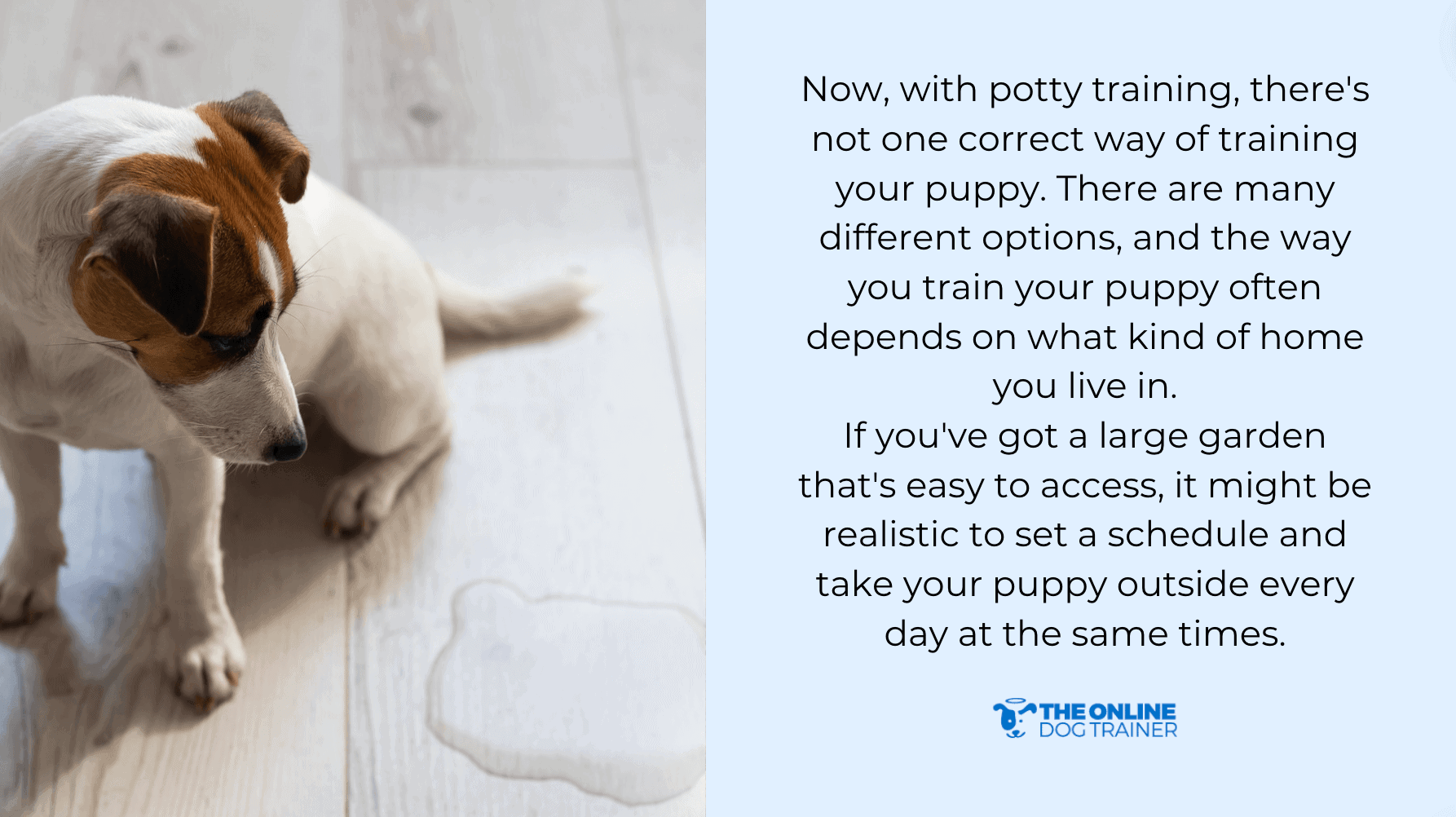
If you've got a large garden that's easy to access, it might be realistic to set a schedule and take your puppy outside every day at the same times.
However, if there are lots of steps down to your garden and you want to use potty pads, there's nothing wrong with that. As your puppy gets older, he'll be able to hold his bladder longer, and you can make the transition to using the bathroom outdoors.
If you want to get my free toilet training course, then just click here, and I'll take you through a comprehensive training program with lots of videos showing you all the different setups.
One thing I would suggest though, regardless of what training approach you take, is to roll up any thick chunky pile carpets, valuable carpets, or any other rugs on your floor that your puppy would be tempted to use as a restroom.
Once the puppy starts peeing on a carpet, it is incredibly difficult to get that stain out of the rug and to break the habit. So, I've warned you…roll them up, and you can put them back down in six months when your puppy is trained.
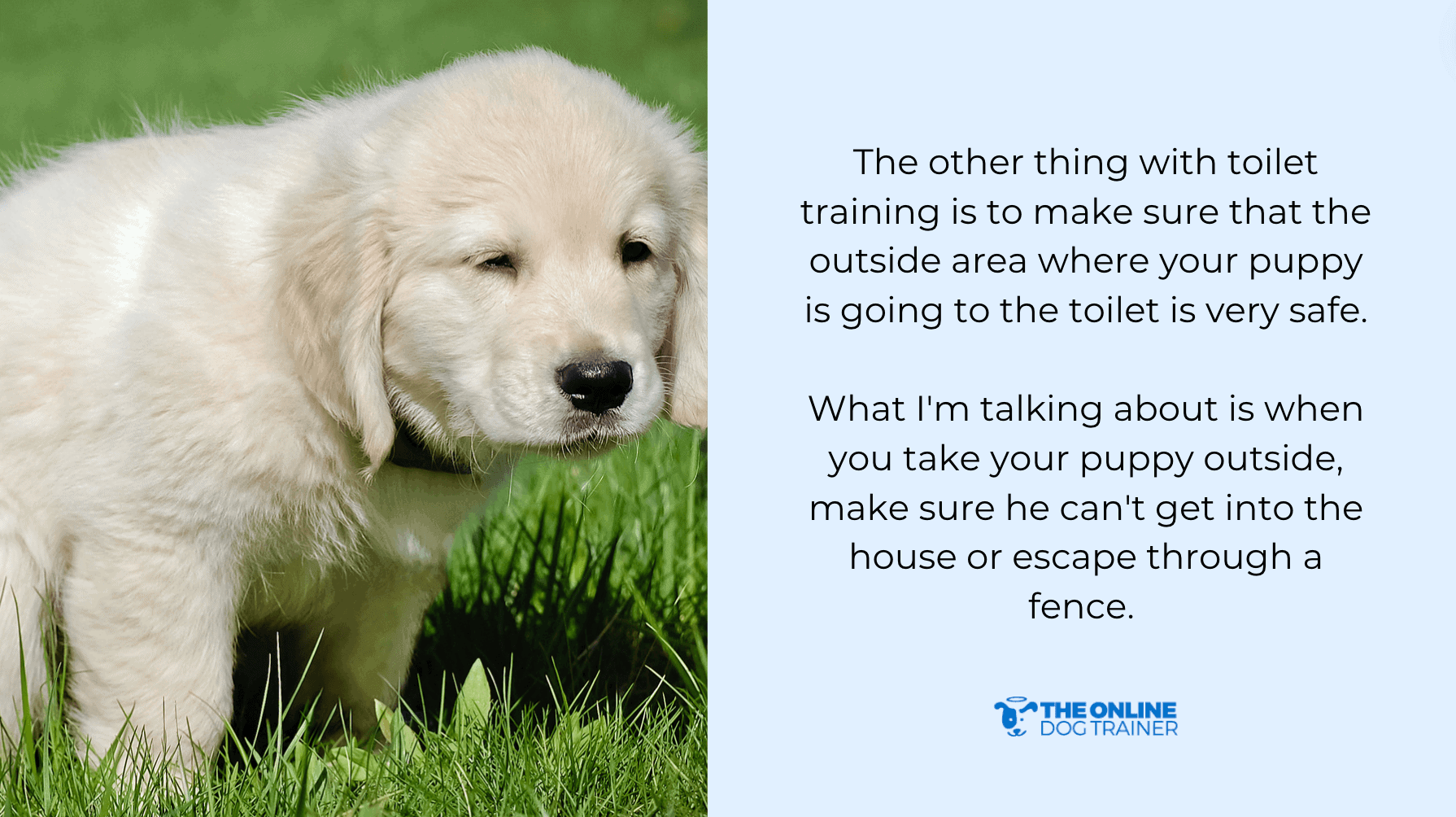
The other thing with toilet training is to make sure that the outside area where your puppy is going to the toilet is very safe.
What I'm talking about is when you take your puppy outside, make sure he can't get into the house or escape through a fence. And you will even want to check to be sure there's not rat bait or anything like that on the ground that your puppy can get into.
How to Ensure Your Puppy Remains Happy and Relaxed
A lot of ensuring your puppy stays calm and happy comes down to making sure you spend time with him to make sure that he is comfortable.
We've talked about making sure your puppy is warm enough and not too hot and that he has a nice cozy blanket to lie on.
You may also want to look at having a variety of dog toys (your puppy will love a chew toy!) that he can chew because it's the different textures of toys, which will really stimulate the puppy's mind.
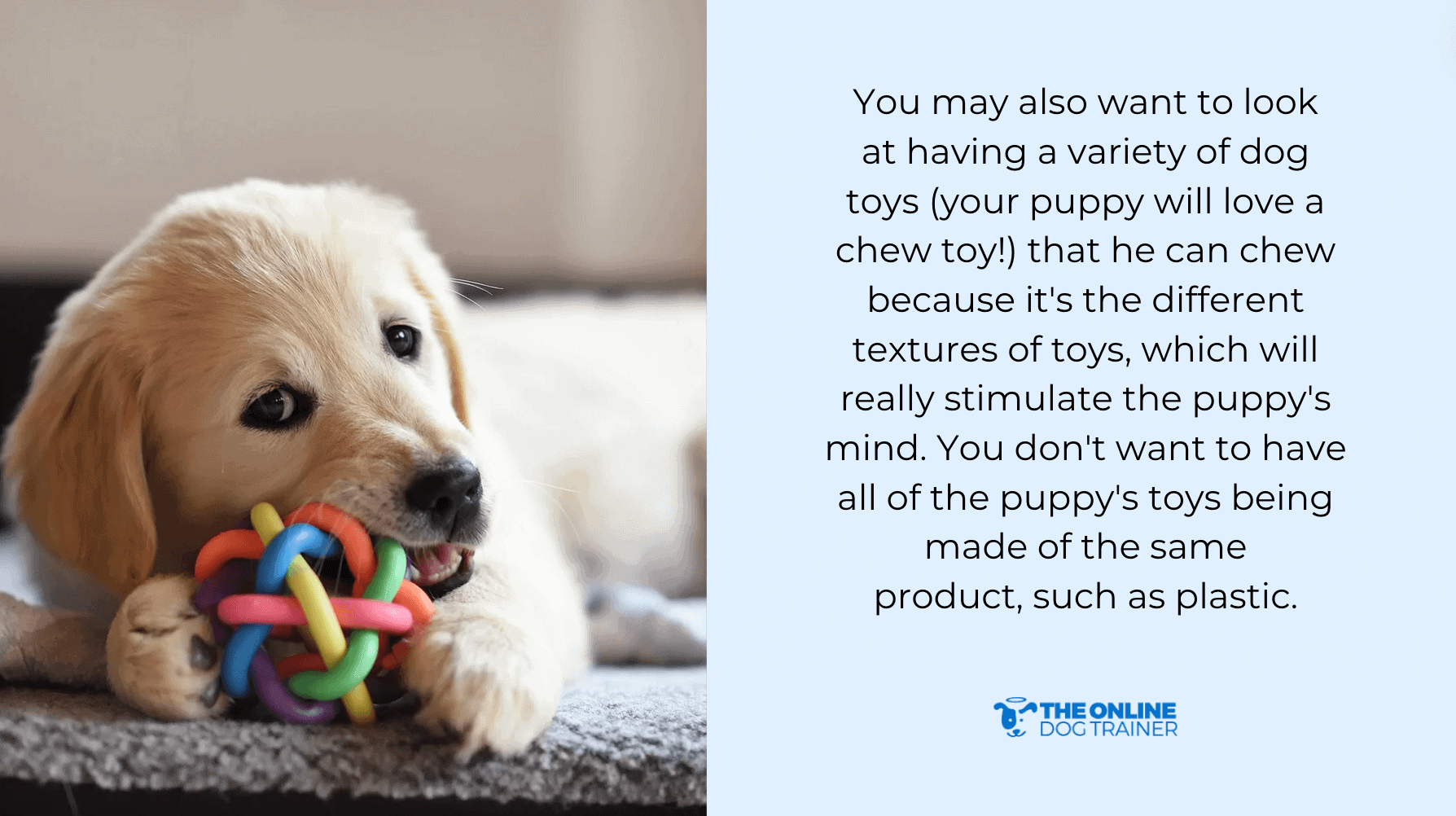
You don't want to have all of the puppy's toys being made of the same product, such as plastic.
You want plastic rope, maybe a toy made with natural fibers in there, and a soft, fluffy toy that your pup can really sink his baby teeth into.
And, of course, remember to always leave water down for your dog.
Make sure your puppy has all of these things, and it will be easier for him to stay happy and relaxed.
Important Training Tip
The last thing I want to talk about is an important training tip that is especially important for puppies.
The tip is basically to let sleeping dogs lie, and there are three reasons why I have this rule.
Reason #1: Young Puppies Get Tired Easily
The first reason is that puppies will get very tired. They're going to be so stimulated by every new thing they encounter, and it's very easy for them to become overtired and exhausted.
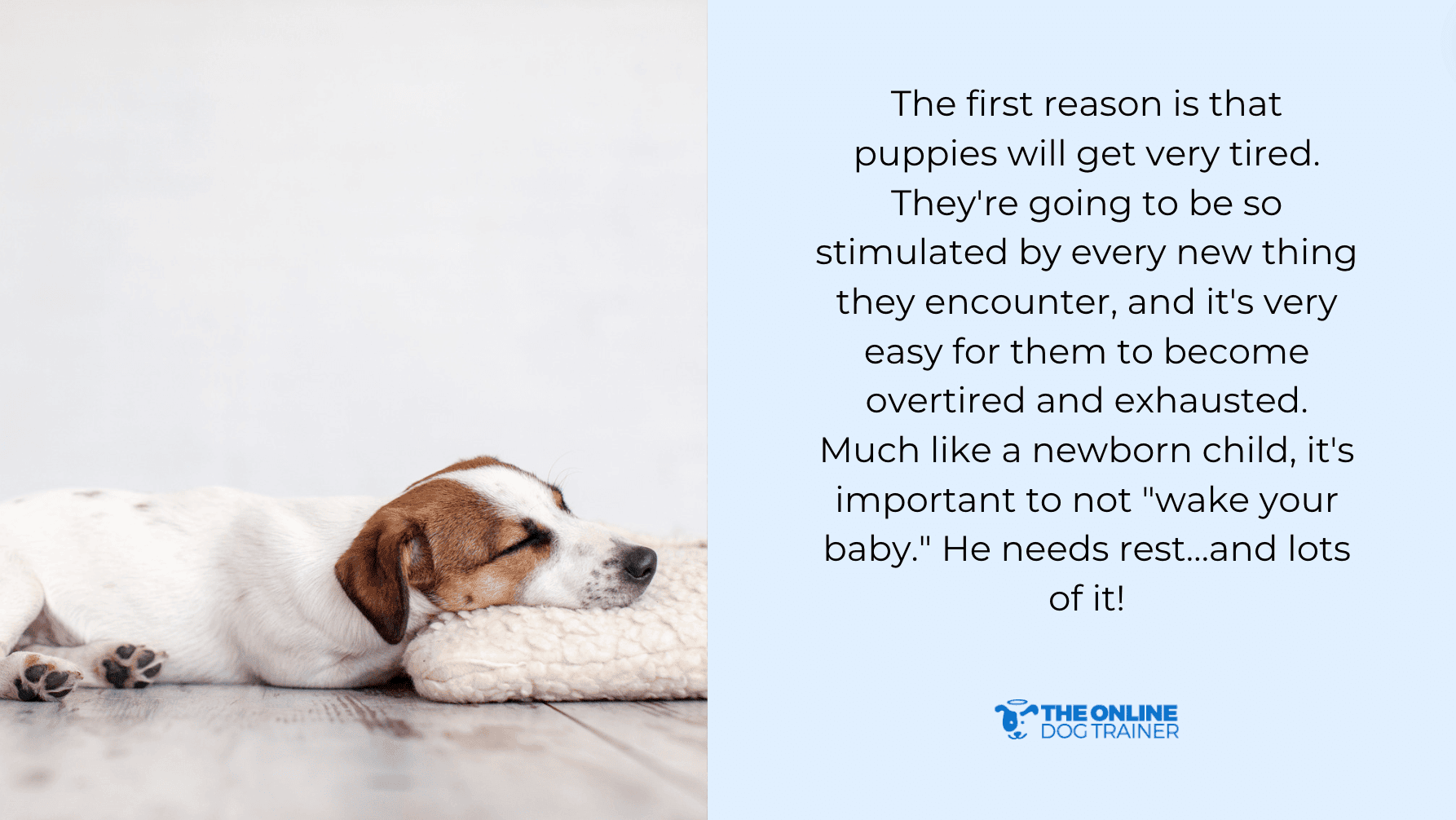
Much like a newborn child, it's important to not “wake your baby.” He needs rest…and lots of it!
If you keep bothering your puppy when he's in his little bed trying to relax and switch off, it's easy for him to become tired and grumpy. So, if your puppy goes to bed, leave him there.
If you need to take him out for the bathroom, by all means go and pick him up and take him straight out. That's the one exception.
Reason #2: Most Puppies Are Terrified of Children
The second reason is that it's very easy for little puppies to be scared by young children.
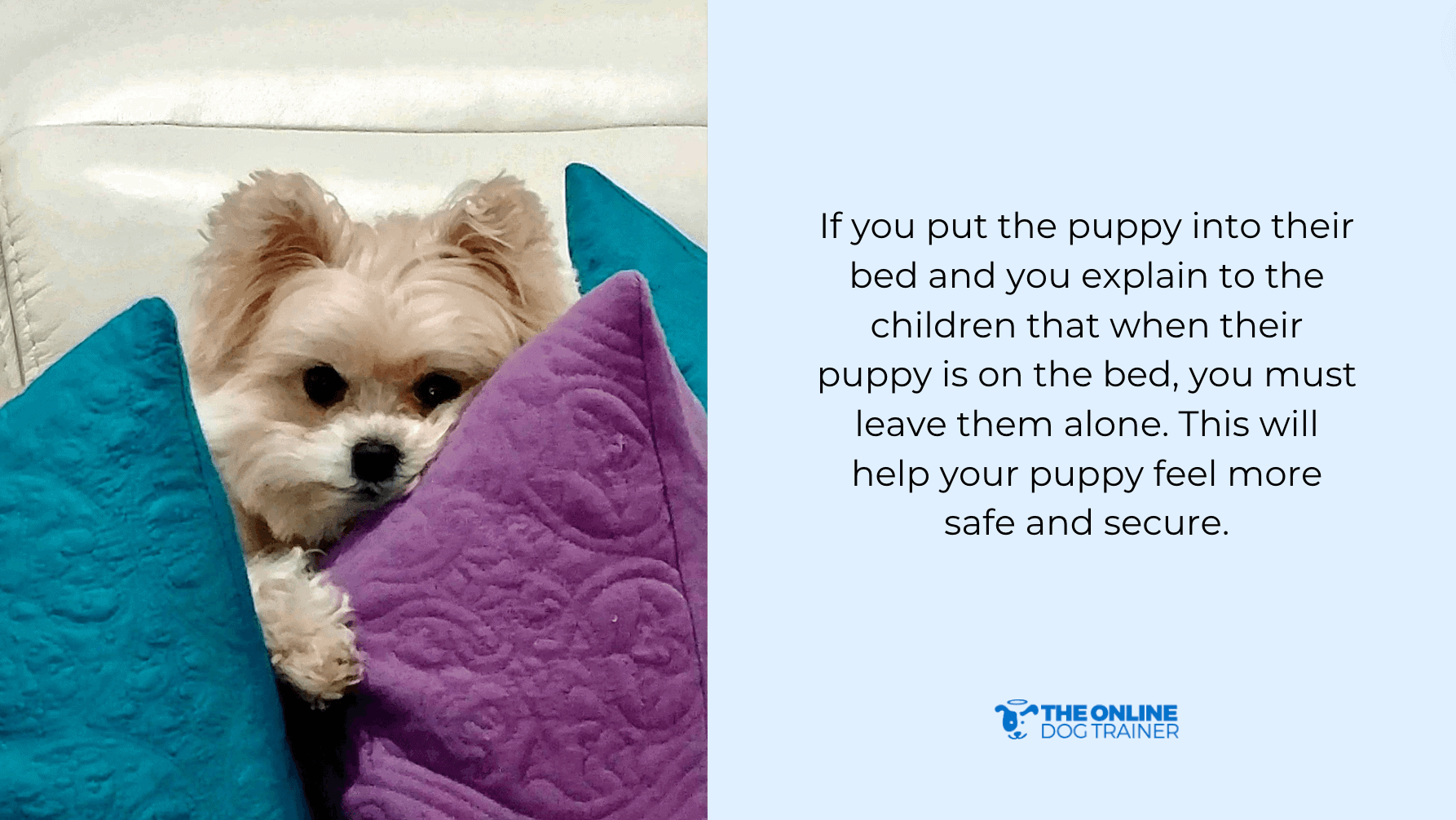
Then, your puppy will learn to love that little area— whether it be a crate or a pen — as his little safety space.
One little tip you may try with the pen or the crate is to put a little blanket over the top because then it feels more like a little den to your puppy.
It will make it feel much safer. Puppies don't really like being out in the open, and neither do dogs. That's why many dogs like to go under a table or under a bed…it feels more like a den.
Reason #3: Puppies Need to Love Their Bed
The third reason is: if your puppy knows that they are is safe in their bed, they're going to learn to love their bed. This is a very important thing for your dog to learn to like…especially if you plan on crate training your dog.
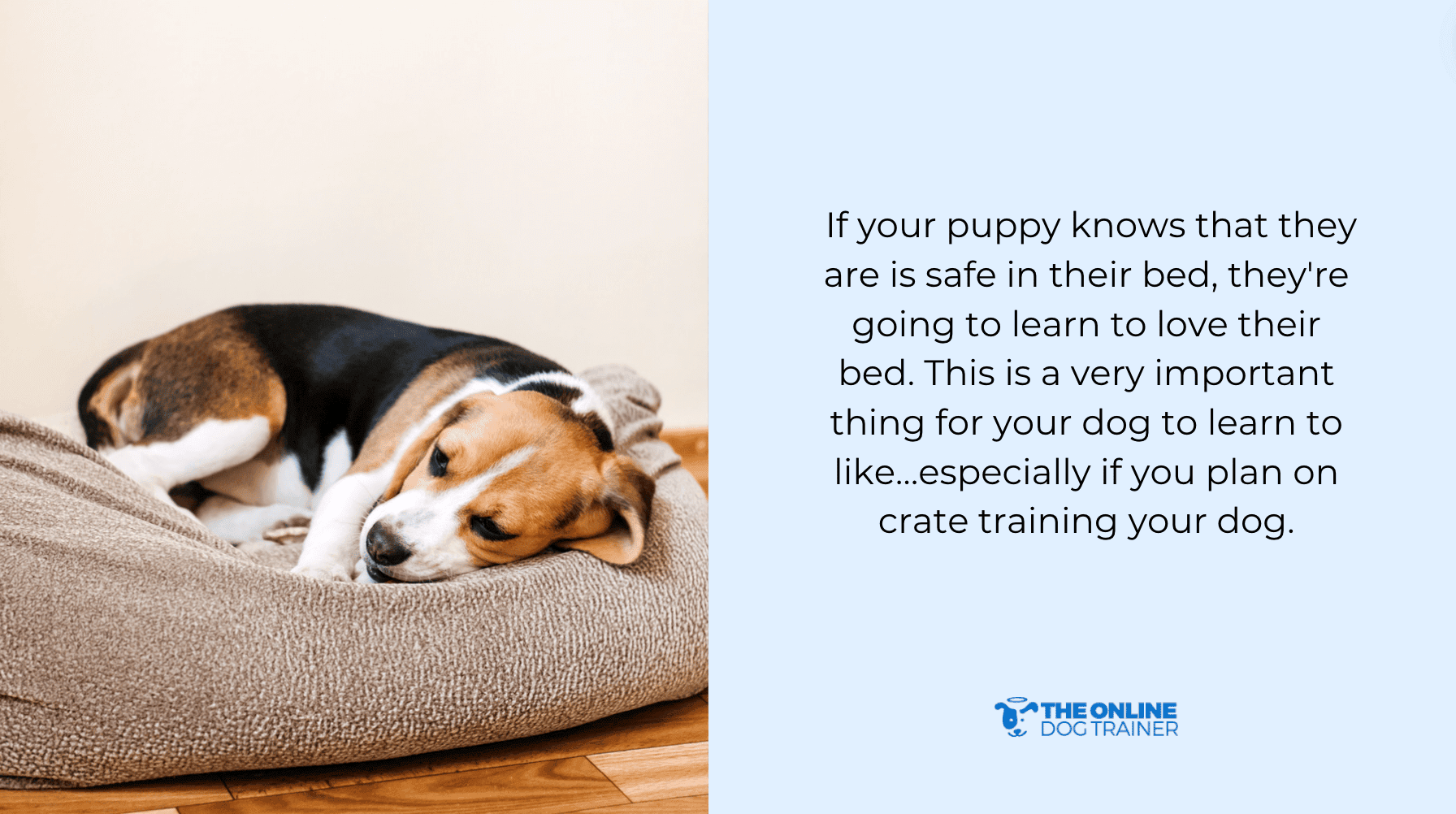
All right. I hope all of this information helps!
And as I mentioned earlier, there are loads more videos about raising your puppy along with my Project Moses videos in The Online Dog Trainer program.
You get your first three days for just one dollar, so if you're interested, I encourage you to check it out now!
Cheers, and have a great day!

~Doggy Dan




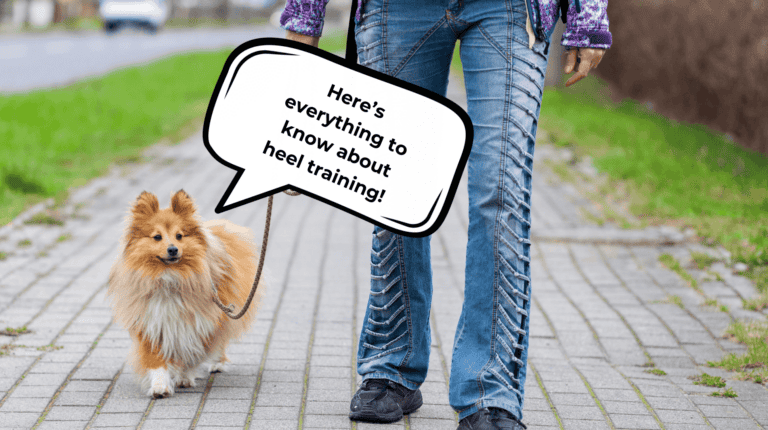
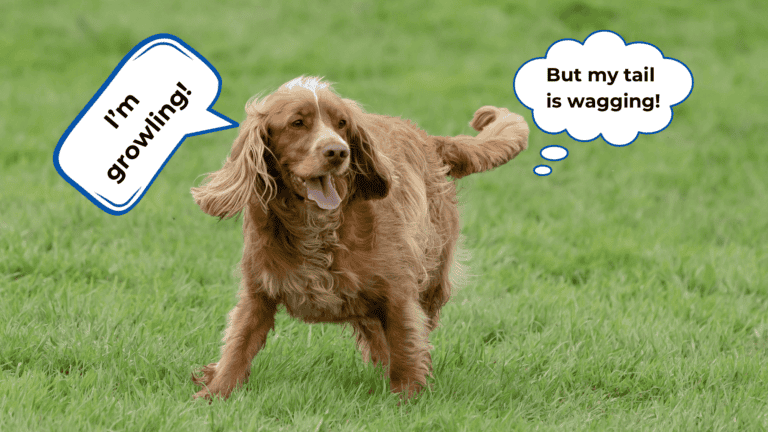
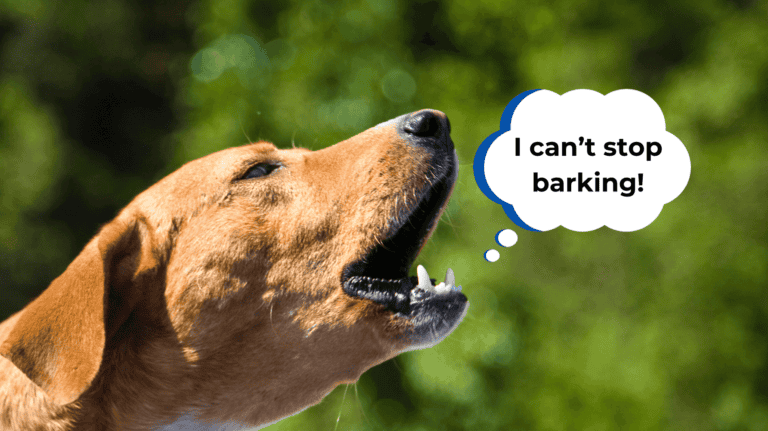

6 Responses
Hi Doggy Dan!
I am about to become a first time dog owner! After deciding to get a puppy, in preparation, I started doing lots of research on puppy training and how to be a good dog parent. I read a dog training book that I thought was helpful, and a lot of tips online, however, when I stumbled upon your website, it was like hitting a gold mine! Every previous book and website that I had read focused on training and how to get your dog to follow commands, but they never touched on dog behavior, why they do what they do, how to communicate with them in a way they understand and how to change unwanted behavior. You explained all of this so clearly and I am so grateful to have found The Online Dog Trainer! The 3 day trial led to me becoming a member and I plan to continue as a member while my puppy is young. I know I will continue to reference the site and will have the Forum available for support. I want to thank you for helping so many people – including myself – to understand our canine friends and be better owners! I am getting an 8 week old goldendoodle puppy and will be bringing the little guy home tomorrow! I actually feel prepared (thanks to you!). It is very exciting! Thank you again!
Amanda
Thanks Amanda, I’m really happy you found us too! I always say to owners that dog training and dog behaviour are two very different things and this often confuses a lot of people. Training commands, or obedience training, is great but it’s kind of like the icing on the cake and alone it won’t solve behavioural issues. It’s great to have it but if you don’t have a cake first then under the slightest amount of pressure all that icing will come crashing down. Which is what happens when we frequently hear owners say ‘my dog is great at home but as soon as there are some distractions he/she won’t listen to me!’ So we provide the cake, which is the most effective way to avoid and overcome all behavioural issues AND improve obedience training. Thanks for posting, Doggy Dan
Hi DoggyDan
Our Labradoodle Baily is 5 1/2mths now and we have your 5 Golden rules pinned on our kitchen wall for all the family to follow. This is going quite successfully I am pleased to report, but we do have 1 problem with Baily which I am hoping you could give me some advice on…. his recall is superb (cream cheese works wonders) so whilst over the park (I am in the Uk by the way) we allow him off the lead, he loves other dogs and bounds towards with plenty of energy, but he will keep jumping up them and barking which to be fair upsets them, they have checked him and on one incident was pinned down by a growling dog, thank good ness we weren’t too far away and immediately put him back on his lead. How can we calm him down without stopping him playing? Or is this just a puppy issue and he will eventually grow out of it? Please advise if you can.
Have thoroughly enjoyed watching all your videos and think Moses is gorgeous.
Thank you
Regards
Patsy Andrew
Hi Patsy,
Great idea pinning the 5GR’s in a location where the entire family can view them!
With young dogs you do need to show them how to correctly interact with other dogs at the park or beach and the key to doing this is for you to be consistent at the point with which you intervene. I advise owners to keep an eye on their dog’s excitement level and behaviour and if you see they are getting to a point where they are just too full on then calmly step in and help them calm down by holding them by the collar or clipping them back on-leash for a minute or so. If they calm down you can allow them back to play but repeat the technique if necessary. This allows your dog to understand the level of play that is acceptable and they will then start to self-regulate their behaviour and use self-control.
Some behaviours to look out for are if your dogs is jumping all over another dog, mouthing/biting them, pinning another dog or standing over the top of them, or if the other dogs seems really unhappy about the interaction and is trying to get away. These are all times where I would separate the dogs and calm things down a little before continuing the play, or ending it if the other dog is unhappy.
Remember, if you are a member of my website we have a Forum where you can ask questions if you need to and we will respond. All the best, Doggy Dan
really enjoying the videos and learning loads, its a great way to learn Thank you Doggy Dan, the course has been very informative and I really look forward to your emails and new videos. I have always had a passion for dogs and love learning more on how to interact better with them.
Hi Alva, thanks for your kind feedback and I’m glad you have found the course to be so enjoyable! All the best….Doggy Dan